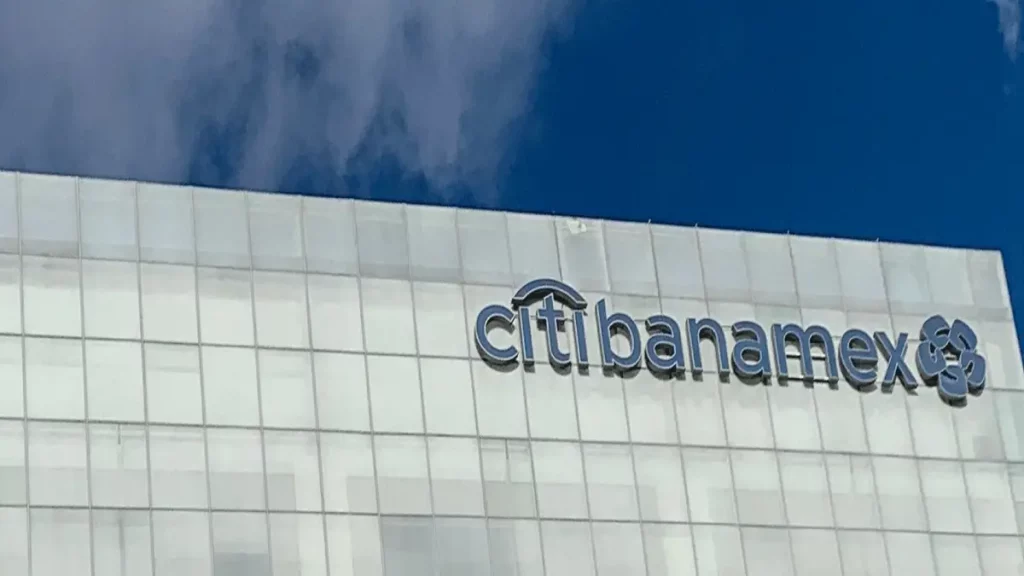Citigroup Incorporation is brainstorming to withdraw from retail-banking operations in Mexico – where it holds its biggest branch network in the world – as part of Chief Executive Officer Jane Fraser’s constant drive to refurbish the company’s strategy.
The creditor will retain its institutional business enterprises in the nation, according to a filing on Tuesday. The exit could ultimately take the system of a sale or a public-market substitute, and will be subject to regulatory approval, Citi stated.
Citi’s strategy to exit Mexico
Fraser stated that Mexico was a priority market for Citi and that was not changing any time soon. The decision to withdraw from the consumer, small-business and middle-market banking business enterprises in Mexico was completely resonating with the principles of the firm’s strategy rejuvenation, Fraser said.
“The verdict to withdraw from the consumer, small-business and middle-market banking businesses in Mexico is fully affiliated to the philosophies of our strategy refresh.”
Jane Fraser, Chief Executive Officer of Citigroup Inc.
The move arrives after Fraser declared in 2021 that she would exit 13 markets throughout Asia and Europe as a faction of her push to abridge Citi and focus on more-rewarding businesses. The units included in the envisioned exit in Mexico have around USD 44 billion in assets and take up around USD 4 billion on an average assigned tangible common equity.
Citi shares closed flat in late trading in New York post the declaration. They have gained 1% in the past 1 year in comparison with the 34% improvement of the 67-company S&P 500 Financial Index.
Citi in 2001 agreed to remunerate USD 12.5% for what was then known as Grupo Financiero Banamex-Accival, Mexico’s second-biggest bank at the time. Over the years, the unit has come under inspection after the creditor reported numerous incidents of deception within the division.
Investors have long urged executives at the bank to look into abandoning the consumer-centric operations in Mexico, where it now does business as Citibanamex. However, Citi has stood by its verdict to operate an extensive branch network and deliver consumers and small-business services in the nation. In 2016, the company declared that it would capitalize over USD 1 billion in the unit over 4 years.
Billionaire Ricardo Slinas stated on Twitter that he has asked his staff to look into taking over Citibanamex. Salinas is worth USD 13.9 billion, as per the Bloomberg Billionaires Index, and is chairman of Banco Azteca and Grupo Elektra, a financial and retail company that operates across the Latin American region.
Even as recently as 2021, when Citi declared it would exit retail banking operations in Europe and Asia, Fraser presented acclamation for the business.
Fraser stated in April 2021 that Mexico is a scaled franchise when compared to the Asian consumer franchise. She stated that the returns were good and that there were several upside potentials and the funds in digitalization had certainly paid off. So, whilst the nation was witnessing a challenging moment, there was a lot to appreciate in the Mexican franchise in the long run.
While in some ways it was a turnaround for the Mexican operations explicitly, Fraser is inclined towards a strategy she had refined over the years, inclusive of during her time as the head of the bank’s Latin American division. In 2015, less than 12 months after she had taken that post, she steered the firm’s sale of retail banking and credit-card operations in Colombia, Brazil, and Argentina.
The Argentina unit had begun operations in 1914 when it was the bank’s foremost non-American branch. However, Fraser debated that Citi would not be able to make the investments it required to accomplish proper scale in the 3 nations.
